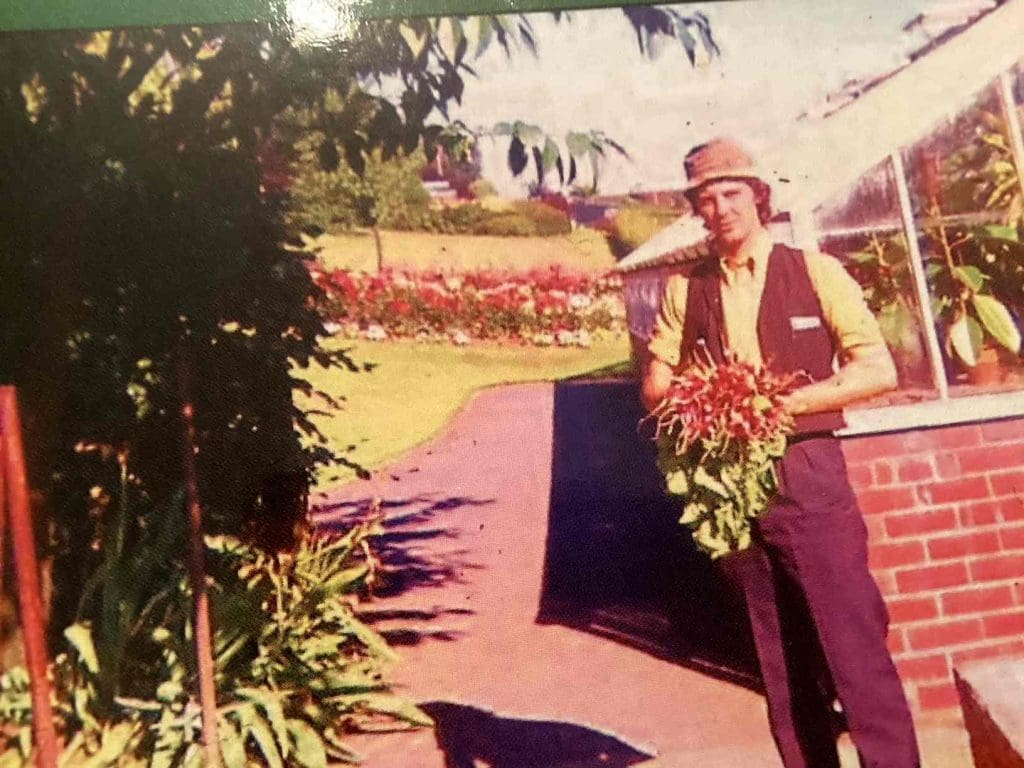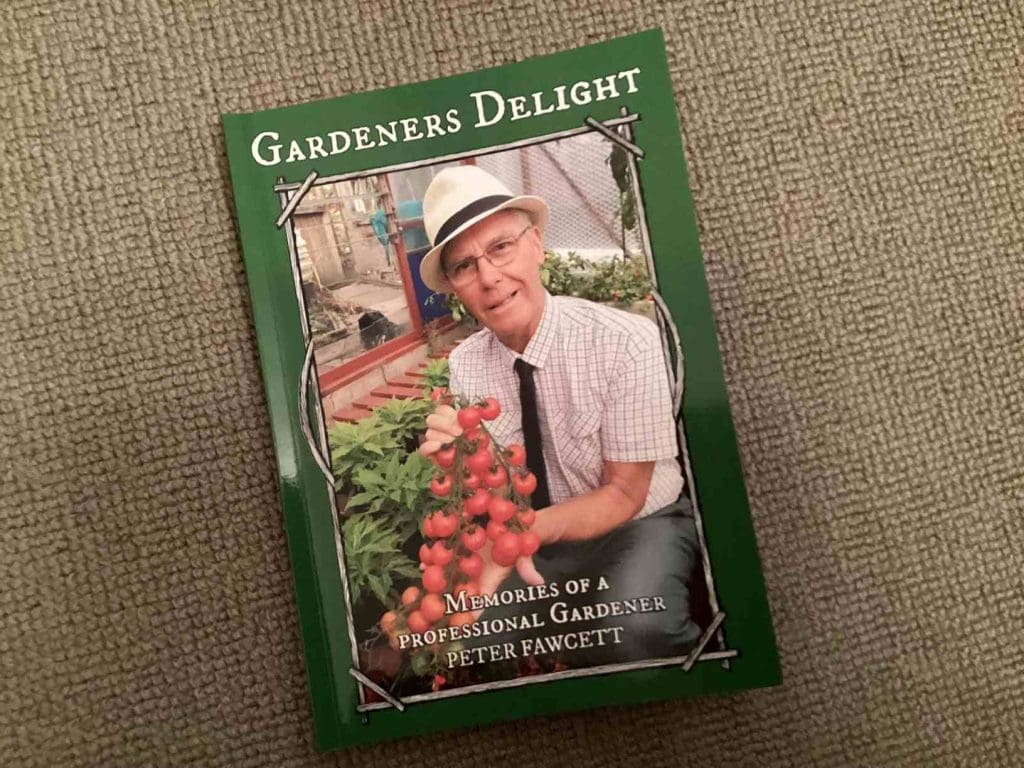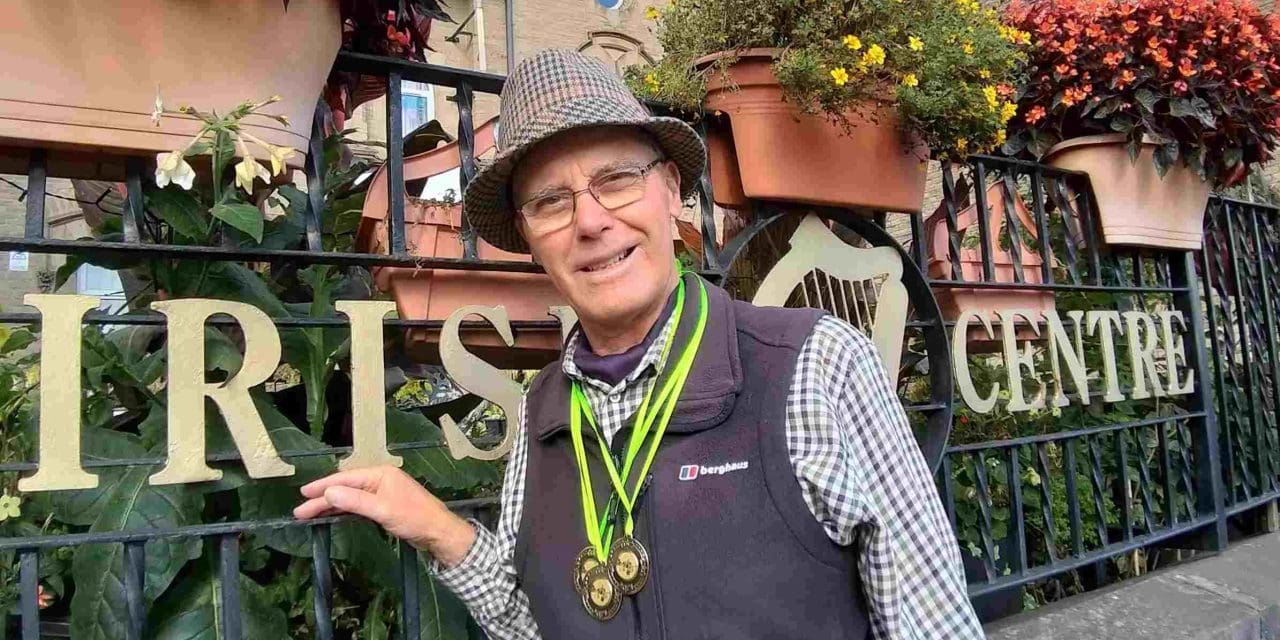A lifelong gardener and author has written a book celebrating the “unsung heroes” of the soil – gardeners.
Peter Fawcett has penned Gardeners Delight which gives an insight into what it is like working in a real gardener’s world.
Included are the pleasures, hardships and the humorous characters he has met through his long and varied career in horticulture.
There’s memories, history, funny stories, cartoons, old photos and a month-by-month guide with tips for getting the best out of your patch.
Pete tells of how he bought his first plant, a coleus, with his pocket money at the age of seven. This market stall purchase thrived in his dad’s greenhouse and the young Pete was hooked on gardening for life.
Pete tells of John Claudius Loudon who he credits as the creator of the public parks we know today. Loudon created the first public park, Derby Arboretum, in 1840.
The park was free to all to visit and was quickly followed by a host of other towns and cities with the creation of public parks, Sheffield 1861, Bradford, Salford, Manchester and Worcester in 1859.
Loudon heavily influenced the great gardener Joseph Paxton (1803-1865). Paxton first used London’s ‘Ridge and Furrow’ system of glazing in the building of the great stove house at Chatsworth and the construction of the Crystal Palace London in 1851.
In recent years Lancelot Brown has received much accolade. But Pete makes the point that in the opinion of others, Loudon deserves more credit than he has been given.
Before 1840 public gardens hardly existed. There were private parks of the gentry, but not for the public. Loudon changed all that.





Pete learned his trade at the Scandinavia Gardens in Cleckheaton. The gardens were attached to the BBA company and there were two greenhouses and extensive gardens to provide a pleasant environment for the 2,500 factory workers.
Pete tells of his gardening mentor, Gordon Stewart, a contemporary and friend of arguably the greatest gardener of modern times, Yorkshireman Geoffrey Smith.
Pete’s first job as a gardener was for Sir John and Lady Armytage at Kirklees Hall, Clifton, Brighouse. The supposed grave of the legendary outlaw Robin Hood is on the Kirklees Estate and gardeners were well aware of its supernatural reputation and one gardener was determined he would go nowhere near after dark.
Sir John was a founder of Askham Bryan College in York and was also a founder member of the Royal Show.
Greenhouses were surrounded by walls 10ft high. There was a Bothy where apprentice gardeners lodged and studied books by candlelight in the days before World War One changed everything.
Following his time at Scandinavia Gardens, Pete made a move to municipal gardening.
Pete saw many changes over the best part of four decades. Grandly-titled ‘park superintendents’ were replaced by managers with wider responsibilities.
Public parks suffered a decline as civic pride faded and funding was stripped away. Britain’s parks, he reports, have had funding reduced by £130 million every year since 2010.
The authorities saw parks as a burden on the public purse, not an asset to be nurtured and cherished.
The lockdowns of the Covid-19 pandemic and its aftermath saw people drawn back to public parks in droves. Suddenly, parks were hailed once again as valuable places for human health and wellbeing.
“Parks have come full circle and not before time,” said Pete.
The book, published by Elgar Books in Honley, costs £10 and can be purchased from: Huddersfield Irish Centre, 86 Fitzwilliam Street, Huddersfield, HD1 5BB; Harrison Lord Photography, 5 Bradford Road, Brighouse, HD6 1RW. Tel. 01484 722462; or The Horti Centre, New Road, Overton, WF4 4RG.
Design and artwork is by Bruce Michael Baillie.
















